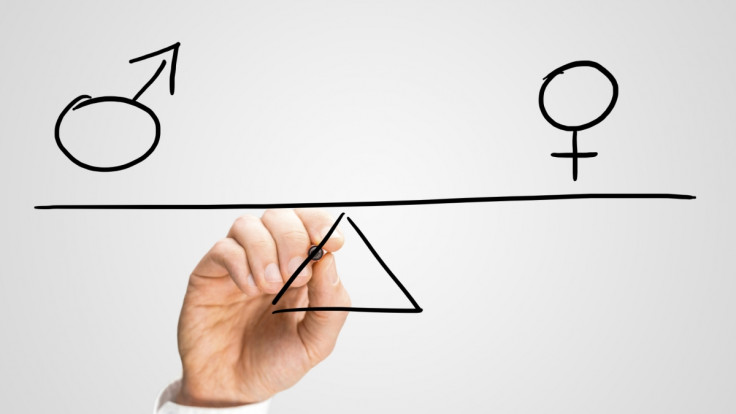Equal Pay Day: Analysis reveals the 'pay gap' is not really a gap at all

Monday 9 November marks this year's Equal Pay Day − the day when campaigners claim women will be working for "free" for the remainder of the year. The organisation behind Equal Pay Day, the Fawcett Society, has calculated that men earn 14.2% more than women per hour and plotted that statistic onto a calendar. All of a sudden, women's purses are looking sad and empty throughout the holiday season.
Apparently, Equal Pay Day is meant to raise awareness about the inequalities between men and women in the workplace. But in reality, it provides a platform for manipulated statistics to be bandied about, and encourages women to adopt a dangerous (and unnecessary) victimhood mentality in the workplace.
Let's first break down this 14.2%. To come up with this year's gender pay-gap figure, the Fawcett Society "calculated using the mean full time hourly gender pay gap" (calculated by dividing hourly female mean full-time earnings by the male equivalent and subtracting the percentage difference from 100%), according to the Office of National's Statistics's (ONS) 2014 figures.
Already, there are some notable problems. Last November, when the ONS released these pay-gap figures, they found that the difference stood at 9.4% − not 14.2%? How did the Fawcett Society come up with a figure almost one third larger if they used the ONS's numbers?
The ONS does its calculations based on the median number, and the Fawcett Society calculates based on the mean. Using the median gets you a more accurate reflection of the "average" salary of both men and women, whereas using the mean requires you to include all of the outlying, extreme figures that manipulate the final outcome.
More men are on CEO salaries, while more women are on salaries that provide for more flexible hours in return for lower pay (more on this below). Calculating the mean, as the Fawcett Society did, ensures that you are comparing jobs that are not like-for-like, and almost certainly guarantees a worse pay-gap figure will be produced.
A few statistics the Fawcett Society worryingly omit are specific age-group comparisons. The ONS found there to be a 9.4% pay gap when you compare all working men and women's salaries between every age group, but when they calculated similar age groups, they found that women between the ages of 22-39 are now earning more than their male counterparts.
In a large bulk of working life, women are performing better than men in the workplace; and then we see a drop-off, where the pay gap increases as men and women start to make different choices in their professional and personal lives.
Indeed, there is evidence that when men and women follow the same career paths, women tend to be paid more and are promoted more quickly; but many women choose not to follow this path and put more emphasis and time into different, but equally meaningful, parts of life.
This leads equal pay campaigners to cry: "Sexism". I'd prefer to cry: "Rational choice preferences made by capable adults". The former is sexier; but wrong. An accurate analysis of the numbers reveals the "pay gap" is not really a pay gap at all.
But we live in a world that spams us with news of the Jennifer Lawrence pay gap saga – her team's failure to get her paid as much as her male counterparts in the film American Hustle that one time.
Stories like these, and today's statistics, will successfully convince some women to adopt a negative mentality towards their employers that will cause them more harm in their careers than good.
That is the real crime; in 2015, women are doing too well to be held back by this kind of outdated campaigning.
Kate Andrews is a research fellow at the Adam Smith Institute
© Copyright IBTimes 2025. All rights reserved.























